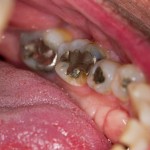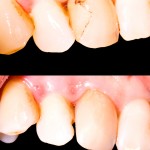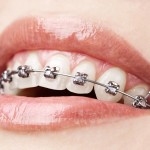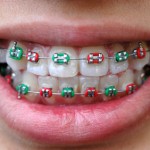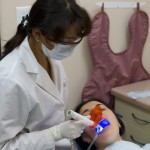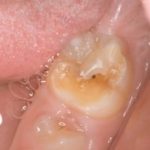
Manas Dave in his debut blog for the Dental Elf looks at a review on bonding of adhesive materials to molar-incisor hypomineralisation (MIH) affected enamel. 10 studies were included only 4 of which were clinical so the findings need to be interpreted cautiously.
[read the full story...]